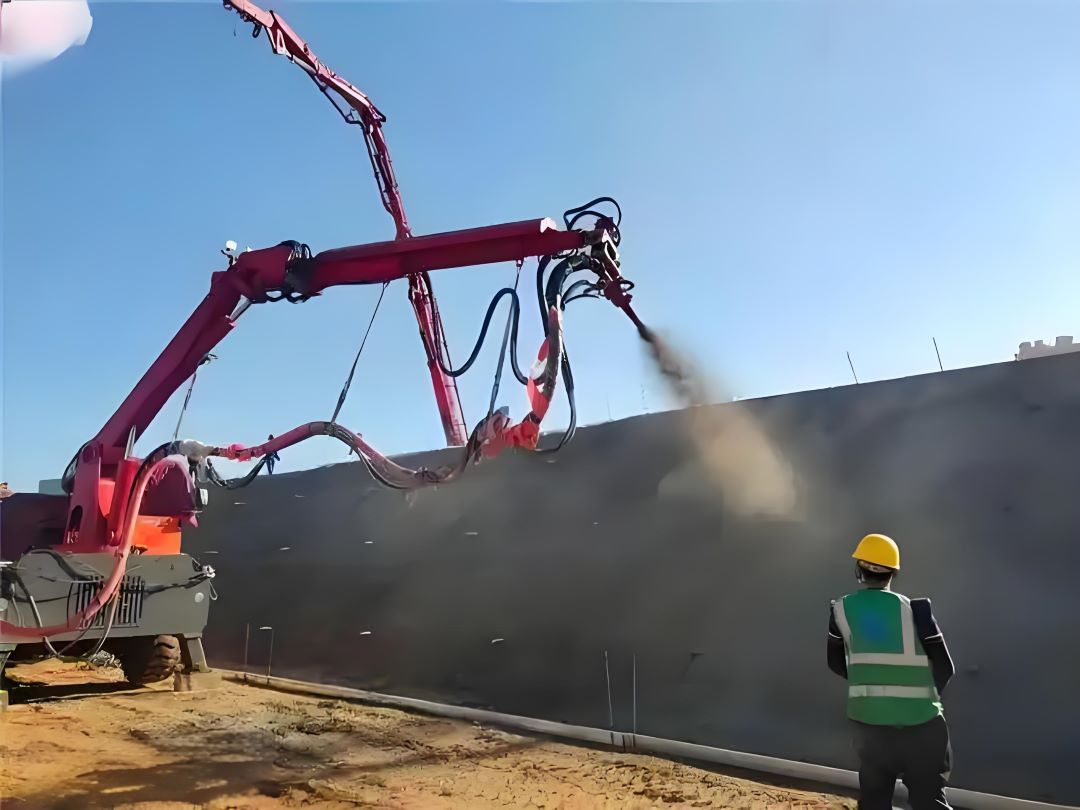Shotcrete, also known as sprayed concrete, is a construction technique where concrete is projected at high velocity onto a surface. While shotcrete has many advantages, such as its ability to adhere to irregular surfaces and its quick application, it also has some disadvantages.

Disadvantages of Shotcrete
1. Skill-Dependent Application: The quality of shotcrete depends heavily on the skill of the operator. Poor application can lead to uneven surfaces, weak adhesion, or voids within the material.
2. Dust and Overspray: The process generates a significant amount of dust and overspray, which can pose health hazards to workers and lead to material wastage.
3. High Equipment and Maintenance Costs: Shotcrete requires specialized equipment, such as pumps and nozzles, which can be expensive to purchase, maintain, and operate.
4. Limited Accessibility in Tight Spaces: Applying shotcrete in confined or hard-to-reach areas can be challenging due to the size of the equipment and the need for a clear line of sight to the application surface.
5. Material Rebound: During application, some material may bounce back (rebound), leading to waste and potential inconsistency in the applied thickness.
Despite these disadvantages, shotcrete remains a popular choice for many projects due to its strength, flexibility, and ability to conform to complex shapes.




